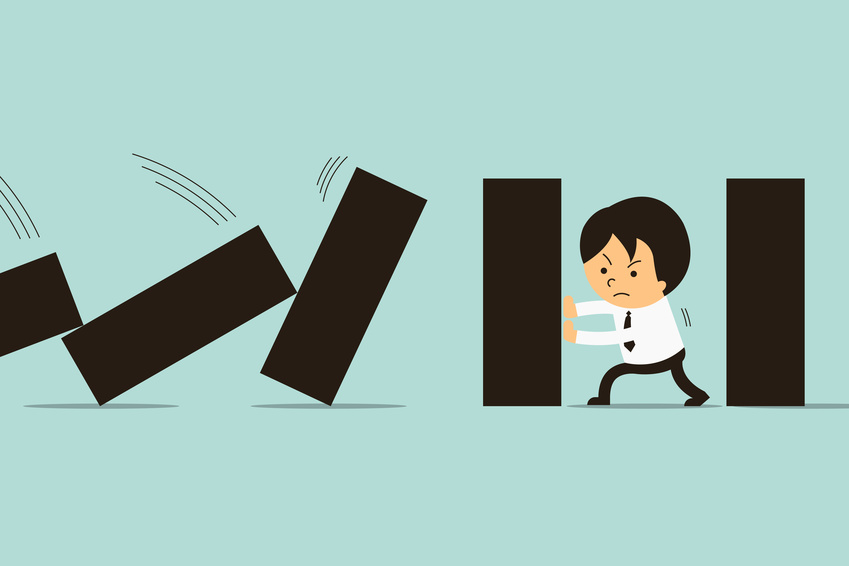Anything that requires will-power is destined to fail after the focus of your attention shifts.
Will-power is a limited resource and it requires focused energy and attention, for that reason alone it’s a non-starter as a strategy for making any lasting change.
There’s three key elements that I’ve seen work well for myself and our Key Person of Influence Clients:
1. Intention – What’s the intended outcome?
Not in a happy-clappy kind of way; I’m talking about setting your intention in a way that makes you feel totally comfortable cutting out anything but what’s relevant without a second thought. If Bill Gates offered you $10,000 for every gym session you completed, you’d bounce out of bed every morning and you’d do a workout … because you know why you’re doing it; the intention is so strong all else get’s cut away. The same goes for your business, if everyone in your team knows to the core of their being why they are working on their projects then they too will bounce out of bed. Intention based on research, based on authentic vision, based on what you actually want and why you want it is fuel for achievement that kicks will-power to the curb. If you have such intense clarity, perspective, wisdom and reasons why you’re doing something, you wont need will power.
2. Design – How can you engineer a solution that’s almost fool-proof?
No one had to run a marketing campaign to tell people to start downloading music on the internet, it was just easier, cheaper, faster and better than trying to get it any other way. There’s no will power required to make a Ferrari go faster than a Ford Focus, it’s just designed to go faster. If you can design/engineer/architect a solution so elegant, so perfect, so simple, so fool proof then you wont need will-power. If someone says to you “I want to win an F1 race and I will ride my BMX Bike as hard as I can every day until I do” you already know they will fail; not because they lack will-power but because they lack a vehicle that is designed for the job. Each business must be designed and redesigned again and again (like an F1 car is) so that it maintains a dominant design for winning the race you intended.
3. Environment – What do you need in the environment that will reinforce the design long term?
Environment dictated performance long term. Like fashion, cars and computers every business needs to upgrade/adjust it’s design; this comes down to environment. Environment is more than just the physical surroundings; it’s about the people, the culture, the communication style, the agreements, the accountability and access to resources. Imagine you were given a job at Google, within weeks of working there you’d behave like a Google-ite because their environment is so powerful. If you wake up each day and face challenges alone, with limited resources and limited accountability you’ll fail. No amount of will-power can override the long term effects of an unsupportive environment.
Will-power (at best) should only be used for an initial burst of energy to focus the intention, enhance the design or change the environment. Long-term will-power is actually your enemy. It tricks you into thinking you are doing something that works. It fools you into thinking you might win the battle. Long-term if something requires your will-power it should ring your internal alarm bells that something needs changing – the intention, the design or the environment.












